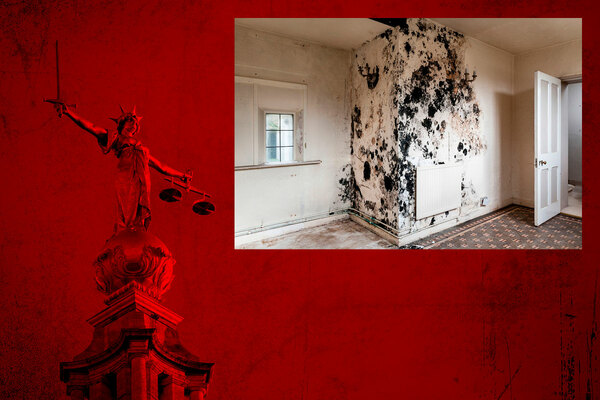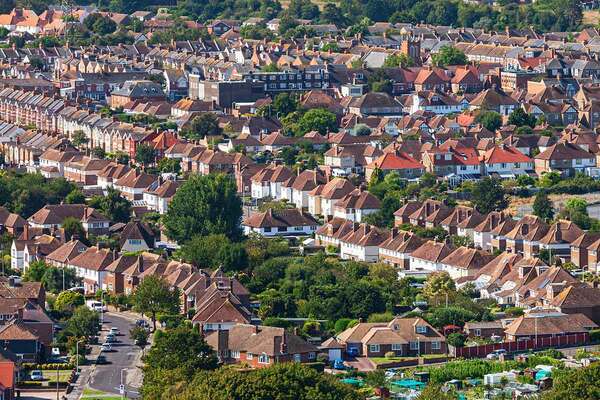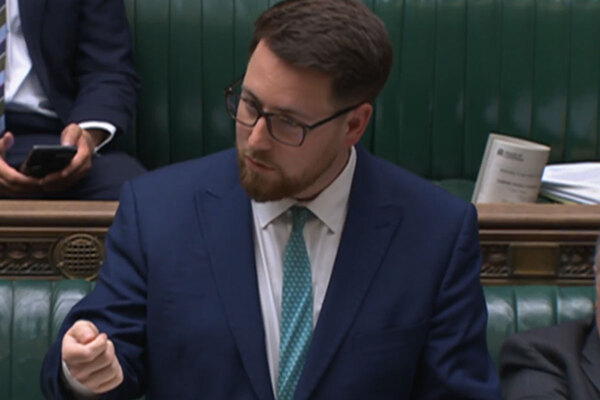Fitness for habitation and you
Martin Crowe of Gallagher’s specialist social housing division explains the new duties in the Homes (Fitness for Human Habitation) Act and what they will mean for the housing sector. Picture by Getty
In association with:

How might social landlords need to alter their approach to repairs and maintenance in light of the Homes (Fitness for Human Habitation) Act 2018?
The Homes (Fitness for Human Habitation) Act, which came into force on 20 March 2019, imposes a number of new duties upon social landlords.
If those duties are not understood at all levels of the business, then the organisation could be left exposed to potentially costly disrepair claims from tenants.
For example, something which may have been considered as an improvement in the past – particularly within the context of the housing health and safety rating system – may now have to be considered in the same way as a repair.
This includes issues and areas such as lighting, noise or even facilities for cooking. The criteria under the housing health and safety rating system have also been extended to common parts and this could herald a significant increase in risk of disrepair claims.
It ultimately means that issues covered by the act now need to be prioritised as repairs and budgeted accordingly. This is very important because something that previously would have been a mere improvement is now a repair, and failing to act on a repair in good time creates a potential claim.
It is equally important to remember that ignorance is no defence because, under the act, a landlord may be deemed to be aware of a problem as soon as it arises rather than when it has been told about it.
It will be interesting to see how the courts interpret this.
What do social landlords need to be doing to minimise the risk of falling foul of the new act’s requirements?
Primarily by looking at training and education at all levels of the business.
Some landlords have reportedly seen increases in disrepair claims of as much as 400% in recent years. That means everyone involved in maintenance and asset management needs to be aware of the new regime to avoid this trend spiralling out of control.
The increased duties the act imposes need to be interwoven into organisational culture and its implications understood at all levels.
Inspection and maintenance teams need to be aware of what could make a property unfit for habitation under the act and ensure that these factors are incorporated into inspection procedures.
Examples might be damp, excess cold or heat, asbestos or lifestyle factors such as personal hygiene or overcrowding, which can easily be overlooked. These need to be identified, recorded and acted upon robustly and proactively.
“Failure to comply with these new duties is likely to lead to more claims being made against landlords”
That means there is also a need for board members and financial controllers to be familiar with the new requirements. They must be prepared to make appropriate funding available to properly manage this developing risk and ensure continued compliance with the act.
Organisations will need to ensure that their inspection and risk assessment programmes are tailored to the new duties included in the act.
Failure to comply with these new duties is likely to lead to more claims being made against landlords. These claims could be for financial compensation but may also be to force the completion of repairs, or even to demand relocation of a resident or residents.
Importantly this is not a risk that currently can be insured against.
What are the most important steps to take in establishing an appropriate inspection and risk assessment programme in this sphere?
An inspection and risk assessment programme will be crucial to ensuring compliance with the requirements of the new act.
At the heart of this will need to be a full understanding of the housing health and safety rating system and how this has been changed by the new regime. These changes need to be incorporated into the inspection and risk assessment programme.
This programme should apply not only in residential areas but also in and around the common and shared areas of residential blocks and, importantly, in any void buildings.
The inspection programme should ensure that any of the ‘prescribed hazards’ under the act – there are currently 29, described in the housing health and safety rating system – are reviewed, recorded and documented, and that any follow-up actions or repairs are followed through with a documented process.
“An inspection and risk assessment programme will be crucial to ensuring compliance with the requirements of the new act”
This risk assessment programme must take into account areas for improvement such as poor lighting, noise or even potential intruder access, and treat them as formal repairs.
For any tenancy that was periodic before the act came into law on 20 March, there is a 12-month grace period before the legislation applies. But risk hazard and risk evaluation should be carried out well in advance of this period coming to an end on 19 March 2020.
If you’ve identified any properties which could be deemed uninhabitable under the act, the time to act is now.
How might budgets and repair schedules need to change?
It is likely that budget and repair schedules will need to significantly change.
It is estimated that the UK has around one million homes which currently fall below the standards required by this act, with a quarter of those believed to be under the control of social landlords.
The expectation is that a lot of issues which would previously just have been an improvement will now be deemed to be a repair, and will need to be undertaken on a much tighter timeframe than would otherwise have been the case.
That means reworking repair schedules and budget increases for repairs, maintenance and inspections.
Social landlords need to be as proactive as possible to avoid falling foul of claims farmers and unscrupulous claimants.
Biography
Martin Crowe is deputy managing director of Gallagher’s specialist social housing division. Based in Chelmsford, Essex, and employing over 50 people, this specialist unit provides insurance and risk management services to more than 300 housing associations across the whole of the UK. He has been a part of the team since 1997.












